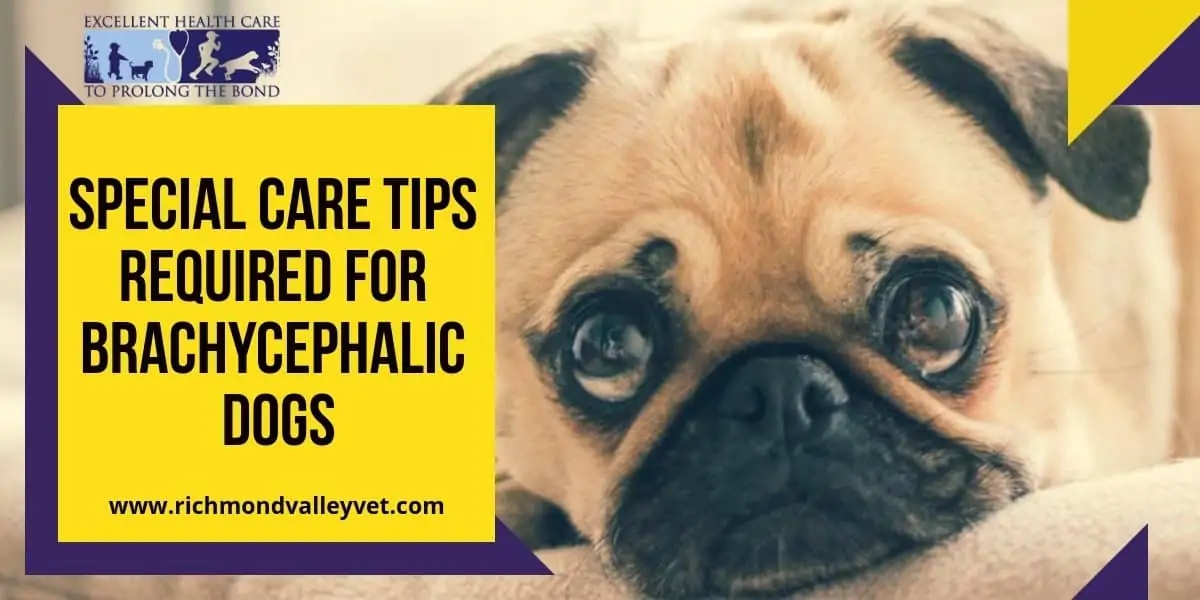
Brachycephalic dog breeds are dogs with smashed-in faces and come with several health issues by birth. Raising a brachycephalic dog breed can be a tad difficult and you might have the question, why most of the dog lovers still prefer brachycephalic dogs over the other breeds. Well, the answer is, brachycephalic dog breeds are highly devoted and intelligent pets.
If you love brachycephalic dog breeds and wish to adopt one, there are some special care tips that will come in handy.
Brachycephalic respiratory syndrome
Brachycephalic dog breeds have several breathing issues. The airway passage or the windpipe in short-nosed dogs or cats are narrow and as a result, they find it difficult to respire. The upper airway restriction and breathing difficulties can be a big issue when the dog or cat is engaged in extreme physical activities.
Therefore, as a brachy parent, you need to familiarize with the patterns and sounds of your pet’s breathing. If you notice any changes like amplification or snorting, ensure that you give more attention to him.
Always keep in mind that brachycephalic dog breeds need special attention when traveling, especially flying and during road trips.
Dental care
Brachycephalic dogs or cats are vulnerable to dental issues. The constricted skeletal structure leads to overcrowding of the teeth. Odd angled or overlapped teeth are common with brachycephalic dogs, which can always lead to gum infections.
It is ideal to disinfect and keep the mouth of your brachy clean by brushing it daily. As brachycephalic dogs are good-tempered, you can brush their teeth with pet toothpaste without any hassle.
Raw diets are an ideal solution for a clean and disinfected brachy mouth. The enzyme-rich is ideal for getting rid of any plague or tartar formation teeth and gums.
Eye care
Brachycephalic dog breeds are also vulnerable to eye issues. The smashed-in facial structure contributes to the improper arrangement of eyes in the respective structure. Therefore, any head trauma, especially, the ones on the back of their head can cause the eye to pop out of the socket.
Therefore, to reduce any kind of trauma to the head it is essential that you do not engage your brachy in extreme physical activities. It is also ideal to use a harness instead of a leash or collars on your brachycephalic pet. Collars can induce additional cerebral pressure which can lead to the dislodging of eyes.
On occasions, brachycephalic breeds also find it to close their eyelids completely. This is something that can lead to irritation to the cornea and eventually damage. It is important that you look for such an issue with your brachycephalic pet as early detection can be crucial.
Watch your pet sleep and if you observe that his eye is still open or the eyelids are not completely covering the eyes while he is in deep sleep, your brachy might be in trouble. Inability to close the eyelid can lead to corneal dry out and infection. You might need surgery to alleviate the underlying issue.
As a brachycephalic dog parent, it is ideal to take your pet for regular veterinarian visits. Always ensure that your veterinarian examines or tests for any issues with all the concerns listed above.
